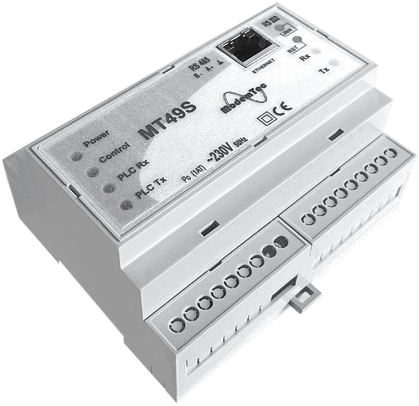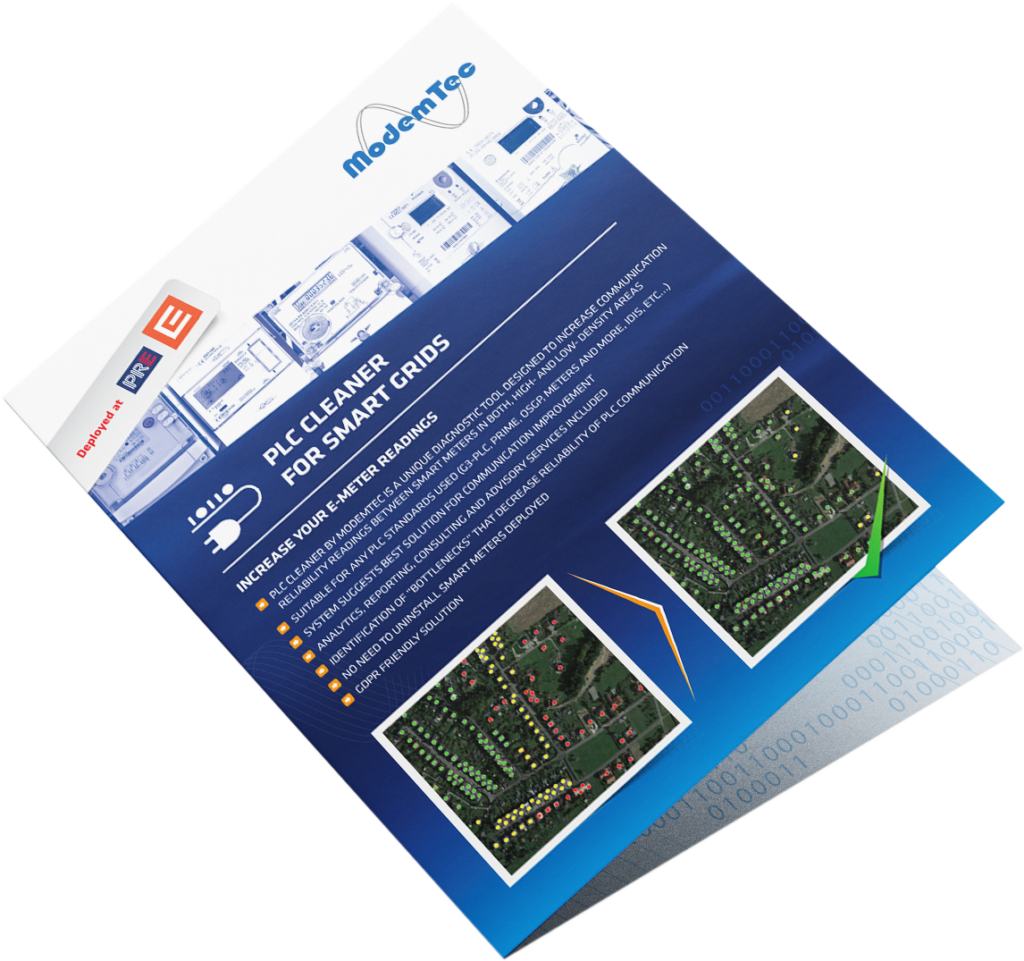What are cookies files?
Cookies are files that are stored in your device during your browsing on our website. Cookies are used to remember certain information about the user mainly in order to improve consumer interface, communication between the website and your device and simplify and accelerate functions of our website. Besides technical cookies that are essential for operation of the website, we use cookies to help us to inform you in case of maintenance of the website – those cookies obtain the information regarding the display of the alert information – and to analyse your preference and activity on the website by Google Analytics (“GA”) for the purpose of improving the provided services. With help of Google Analytics, we gain information of your activities on the website, your IP address and information of the type of your device (the “Personal Data”).
Cookies’ settings
Cookies preferences are set via a pop-up bar that appears the first time you visit our website. As a default setting, disagreement with analytical cookies is set up. Analytical and advertising cookies will be processed only in case of your agreement expressed by ticking the appropriate box on the bar. Technical cookies are allowed. Technical cookies cannot be switched off, because they are essential for proper operation of the website. The settings can always be changed by clicking to the link "cookies settings". The link is located on the bottom bar.
Your rights
Please note that you have a right to:
- revoke your consent to the processing of Personal Data by changing the cookies settings according to the steps above,
- require information on what Personal Data our company processes
- require explanation regarding the processing of your Personal Data and demand correction provided the Personal Data are processed incorrectly (e.g. blocking, amendment, completion of liquidation of the Personal Data),
- demand access to the Personal Data and their amendment of the data,
- demand deletion of the Personal Data or to limit their processing if they are processed unlawfully,
- right to lodge a complaint against the processing of the Personal Data,
- right to transfer the Personal Data, i.e. right to gain overview of the data we process and transfer them to another administrator,
- in case of doubts of compliance with the obligations regarding processing of the personal data to inform us or the Data Protection Office on (https://www.uoou.cz/), with which you can lodge a complaint.
If you have any queries regarding cookies or this information sheet or if you want to use your above-stated rights, do not hesitate to contact us on gdpr@modemtec.cz.



